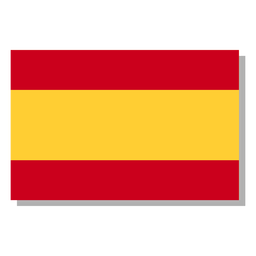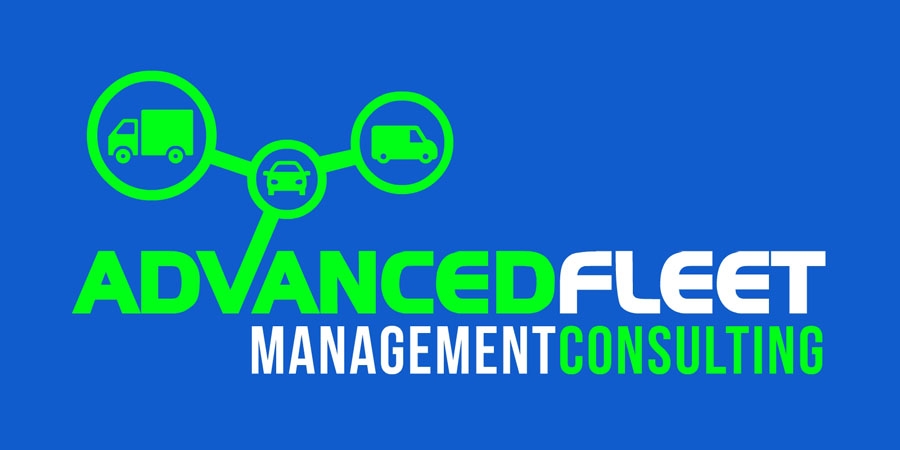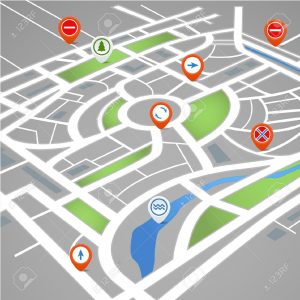Route Optimization in Cities: a Custom Need for Every Industry
Urban logistics is one of the biggest pains companies face in their day to day operation. Any company that manages a delivery fleet or has to visit many locations during a day, can greatly benefit from using a route optimization solution, whether they deliver food, beverages, construction materials or are in the utilities or transportation industry.
Tracking and planning a route with multiple stops in an urban supply chain does not only involve taking into locations, but must also must consider traffic, time windows, service times, available vehicles etc.
The main goal of this course is to provide the knowledge and the skills to manage any kind of vehicle fleet through all its activities and key aspects. The course is aimed to executives, middle managers, fleet managers and any professional related to fleet management.
Know our fleet management course
“Their expertise to plan each and every one of the delivery from their fleet to customers.”
However, they claim that this leads to errors in the development and the quality of service.
Building a good routing plan is very complex, that is why manual planning is slow and the results can be inefficient. Nowadays there are multiple software in the market, depending on the needs of each industry that optimize routes, track and even offer Proof of Delivery, making urban logistics less of a nightmare
1. Food industry: the Shortest Route in Good Conditions.
Fresh foods or refrigerated goods require exceptional quality and customer service. They must keep the right temperature conditions and timely deliveries must not affect the quality of the products, their clients are diverse, they could be bakeries, supermarkets, grocery stores or even hotels. Given the diverse nature of the customers, is that time windows and service time are a big issue in this industry.
All the above makes route planning complex. The use of a route optimization software ensures that all the customers requirements are taking into account when building the routes and therefor you may expect significant improvements in service levels, as well as circumstantial fuel savings
Consultant Mecalux explains how Coca-Cola has improved, as its supply chain network increased from 13,000 vehicles to 4,000 in less than twenty years. The company has an optimized delivery plan, saving over 4 million dollars in fuel.
2. Transportation Industry: Cargo Consolidation.
One of the areas where third party logistics (3PL) is at is best is in the consolidation of goods from different suppliers, planning a route with multiple stops before arriving at their common destination.
According to experts consulted in Mexico by Logística,
”The lower costs of transportation, the possibility to run economies o scale, increase frequencies to a given destination and bring a better service to end users are the most important features of these types of transportation.”
Mexican consultant and director of operations from Zimag Logistics, Marco Aurelio Rodríguez, says that consolidation can be
“One of the best ways to reduce costs and optimize services; by consolidating cargo, the capacity of each unit rises to their best. That helps lower the costs per box delivered and at the same time the supplier can have a higher frequency of their exits to the final destination of the cargo.”
That is why it’s important to plan a route considering each stop carefully before reaching the final destination, at an industry where warehouse management must have the highest performance levels.
3. Construction Industry: Watch the Time Windows.
The building of an office or apartments can have significant consequences in the surrounding environment- not necessarily prepared truckload shipping on their doorstep- and is a constant headache to any neighbor.
Shipping and delivery operators must plan through different times and access restrictions set by local city councils, their clients, and sometimes the neighbors themselves.
One of their main limitations is the use of multiple time windows: in many areas of a town, freight transport can only pass during certain hours, to prevent them from disturbing the regular flow of traffic. On the other hand, unloading construction material must be done at specific times to avoid disturbing the neighbors and the entire operation of construction workers.
The academics from the Universidad Autónoma de Occidente comment that flexible planning and a maximum contribution to preventing routing problems with limited time Windows can help “maximize the profit in transportation, saving time and avoiding penalties by late deliveries”.
Do you think that route optimization end-to-end can be the answer to the challenges your industry faces?
 Written by Francisca Howard
Written by Francisca Howard
Join to my Facebook and LinkedIn pages focus on Fleet Management, each week we publish posts, conferences, news and technology related to Fleet Management.
The audit is a key tool to know the overall status and provide the analysis, the assessment, the advice, the suggestions and the actions to take in order to cut costs and increase the efficiency and efficacy of the fleet management. We propose the following fleet management audit.







